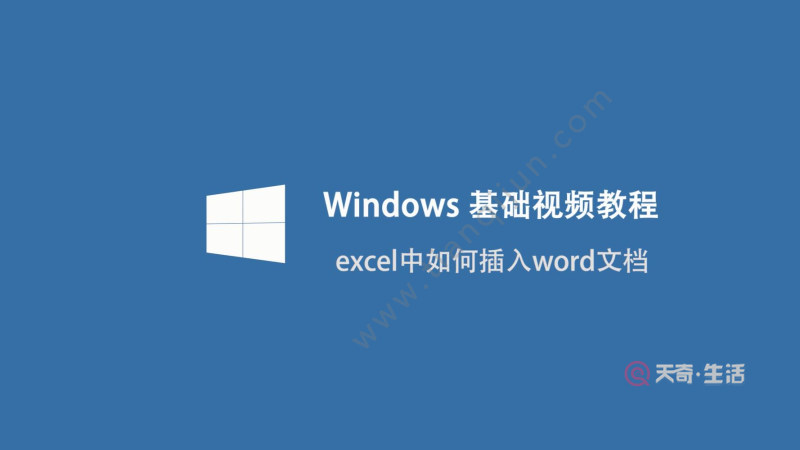设计模式(1-2)-动态代理(newProxyInstance)
上节设计模式(1-1)-代理模式,讲了代理模式的静态代理与动态代理的写法。本节,会从Proxy.newProxyInstance() 这个方法开始讲,上一节文末的那个class文件怎么一步步的来的。
UpanSell proxy = (UpanSell) Proxy.newProxyInstance(factory.getClass().getClassLoader(),
factory.getClass().getInterfaces(),
handler
);
上面的方法会返回一个指定接口的代理类实例
newProxyInstance
public static Object newProxyInstance(ClassLoader loader,
Class[] interfaces,
InvocationHandler h)
throws IllegalArgumentException
{
Objects.requireNonNull(h);
...
// 验证权限
.../*
* 这里是重中之重, 这里会生成或去缓存中拿指定的代理类
*/
Class cl = getProxyClass0(loader, intfs);
/*
* Invoke its constructor with the designated invocation handler.
*/
try {...// 下面的逻辑就是拿到代理类的构造器 -> 检测代理类的类修饰符是否是public, 不是就设置为可访问 -> 返回代理类的实例
final Constructor cons = cl.getConstructor(constructorParams);
final InvocationHandler ih = h;
if (!Modifier.isPublic(cl.getModifiers())) {
AccessController.doPrivileged(new PrivilegedAction() {
public Void run() {
cons.setAccessible(true);
return null;
}
});
}
return cons.newInstance(new Object[]{h});
} catch...
....
}
【设计模式(1-2)-动态代理(newProxyInstance)】我们debug到getProxyClass0
private static Class getProxyClass0(ClassLoader loader,
Class... interfaces) {
if (interfaces.length > 65535) {
throw new IllegalArgumentException("interface limit exceeded");
}// 根据loader、interfaces有对应缓存,就直接返回缓存的复制
// 否则,就通过ProxyClassFactory生成代理类
return proxyClassCache.get(loader, interfaces);
}
可能你会问为什么有个65535的限制,类中的注释就解释了为什么
The resulting proxy class must not exceed any limits imposed on classes by the virtual machine.
For example, the VM may limit the number of interfaces that a class may implement to 65535;
in that case, the size of the interfaces array must not exceed 65535.
大致意思就是JVM限制了一个类实现的方法最多是65535(JVM这块确实头疼,还没开始去学习...)
继续debug到ProxyFactory,现在不用关心怎么从get方法到的ProxyFactory,把下一篇文章看完就明白了
ProxyClassFactory,根据指定的classLoader和interfaces生成和返回代理类的一个工厂方法
private static final class ProxyClassFactory
implements BiFunction[], Class>
{
// 所有代理的前缀名, 看到这个玩意儿就证明该类是代理类
private static final String proxyClassNamePrefix = "$Proxy";
// 生成唯一的代理类数字,每个代理类有一个 eg, $Proxy0
private static final AtomicLong nextUniqueNumber = new AtomicLong();
@Override
public Class apply(ClassLoader loader, Class[] interfaces) {Map, Boolean> interfaceSet = new IdentityHashMap<>(interfaces.length);
for (Class intf : interfaces) {
/*
* 验证使用接口名得到的类对象与接口对象是否一样, 这个不太清楚为啥要这么验证。。。。
*/
Class interfaceClass = null;
try {
interfaceClass = Class.forName(intf.getName(), false, loader);
} catch (ClassNotFoundException e) {
}
if (interfaceClass != intf) {
throw new IllegalArgumentException(
intf + " is not visible from class loader");
}
/*
* 验证是否是接口
*/
if (!interfaceClass.isInterface()) {
throw new IllegalArgumentException(
interfaceClass.getName() + " is not an interface");
}
/*
* 验证有没有重复
*/
if (interfaceSet.put(interfaceClass, Boolean.TRUE) != null) {
throw new IllegalArgumentException(
"repeated interface: " + interfaceClass.getName());
}
}String proxyPkg = null;
// package to define proxy class in
int accessFlags = Modifier.PUBLIC | Modifier.FINAL;
/*
* 记录且验证非public的代理接口是在同一个包下的
*/
for (Class intf : interfaces) {
int flags = intf.getModifiers();
if (!Modifier.isPublic(flags)) {
accessFlags = Modifier.FINAL;
String name = intf.getName();
int n = name.lastIndexOf('.');
String pkg = ((n == -1) ? "" : name.substring(0, n + 1));
if (proxyPkg == null) {
proxyPkg = pkg;
} else if (!pkg.equals(proxyPkg)) {
throw new IllegalArgumentException(
"non-public interfaces from different packages");
}
}
}if (proxyPkg == null) {
// if no non-public proxy interfaces, use com.sun.proxy package
proxyPkg = ReflectUtil.PROXY_PACKAGE + ".";
}/*
* Choose a name for the proxy class to generate.
*/
long num = nextUniqueNumber.getAndIncrement();
// 最后的全限定名, eg: com.sun.proxy.$Proxy0
String proxyName = proxyPkg + proxyClassNamePrefix + num;
/*
* 生成指定的代理类.重点
*/
byte[] proxyClassFile = ProxyGenerator.generateProxyClass(
proxyName, interfaces, accessFlags);
try {
return defineClass0(loader, proxyName,
proxyClassFile, 0, proxyClassFile.length);
} catch (ClassFormatError e) {
/*
* A ClassFormatError here means that (barring bugs in the
* proxy class generation code) there was some other
* invalid aspect of the arguments supplied to the proxy
* class creation (such as virtual machine limitations
* exceeded).
*/
throw new IllegalArgumentException(e.toString());
}
}
}
下一篇文章会讲为什么
proxyClassCache.get(loader, interfaces);
不存在对应loader与interfaces的缓存时,会调用到ProxyFactory的apply()方法。再下一篇揭露JDK动态代理是如何生成代理类的 ->
ProxyGenerator.generateProxyClass( proxyName, interfaces, accessFlags);
推荐阅读
- 2018-11-27今天属于宇宙,这是我送给他的礼物|2018-11-27今天属于宇宙,这是我送给他的礼物|我的奇迹日记Day27
- 动态组件与v-once指令
- 2020-11-24晨间日记-24
- 设计模式-代理模式-Proxy
- 人至不惑之年
- 2019-11-24|2019-11-24 第三个复盘日
- 2019-01-22复盘
- iview|iview upload 动态改变上传参数
- 2021-01-22提前的寒假
- 2020-11-27期中考试反思











